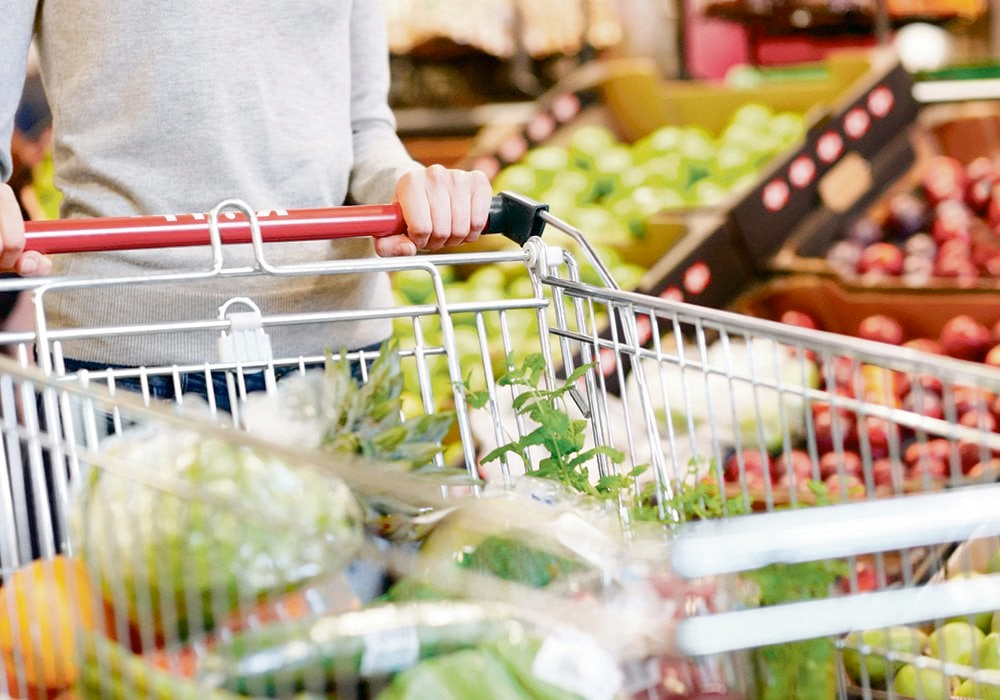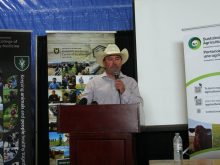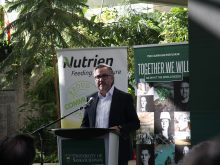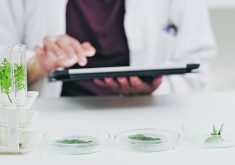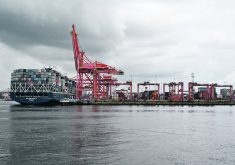Some jurisdictions attempt to ensure imported, domestic products pay the same carbon cost, but food security an issue
REGINA — The world needs far more data if border carbon adjustments are to be implemented and actually work in agriculture, the House of Commons agriculture committee heard last week.
Angela Bedard-Haughn, dean of the college of agriculture and bioresources at the University of Saskatchewan, said it’s good that conversations are starting, but it’s also good the mechanisms are not in place yet for agriculture and food.
The European Union is implementing them in sectors such as steel, cement and fertilizer. They are a way to make sure imported and domestic products pay the same carbon cost.
Read Also

Canadian Food Inspection Agency extends chronic wasting disease control program consultation deadline
Date extended for consultation period of changes to CWD program
“The prospect of border carbon adjustments in agriculture and food does seem to be relatively far off, which is a good thing, because I would argue we (globally) are not ready in this space,” she said during testimony.
“I do think we need to tread very carefully because we are potentially messing with global food security in a time when political unrest and protectionism are adding uncertainty to an already very complex global market.”
She said the mechanisms are good in theory, but no one yet knows if they will actually work when it comes to a basic human necessity such as food.
Another U of S professor, agricultural economist Richard Gray, was recently in Sweden working on an economic model of world vegetable markets. The idea is to find out if border carbon adjustments are effective or ineffective in preventing higher prices and global deforestation, said Bedard-Haughn.
Results are expected early next year.
Gray is also examining full net ecosystem exchange on carbon accounting. This would take into account the carbon sequestered in grain produced in one country but exported and consumed in another.
Bedard-Haughn said more research and data are needed, and she recommended four areas on which to focus:
Research that empowers farmers to continue improving sustainability.
Developing baseline data sets and harmonized measurement reporting and verification protocols.
Science- and evidence-based carbon taxation and credit schemes and understanding their implications.
Using that learning to improve global agriculture from a position of strength.
Monika Tothova, a senior economist at the Food and Agriculture Organization, agreed these are critical if the world goes down this path.
She said designing and implementing border carbon adjustments for agriculture and food would be challenging.
“There would be a need to agree on the carbon accounting mechanisms and on a carbon footprint for all food and agricultural products produced worldwide. There would also be a need to agree on a price of carbon to be able to set the tax and avoid international trade disputes,” Tothova said.
Committee members noted the geographic complexity of agriculture and food. The same commodity produced in different parts of Canada can have different carbon footprints.
Ontario Conservative MP Dave Epp used pickles to illustrate a potential “administrative nightmare.”
Cucumbers grown in Ontario are shipped to yards where they are sized and distributed to several American states for pickling and packaging.
The jars are shipped back to Canada to retail stores.
“How would you go about administering a CBAM (carbon border adjustment mechanism) program on cross-border trade as it goes through the transformation process, where you’ve got transportation involved, along with the initial growing system?” he asked.
Bedard-Haughn said that’s what she meant by not being ready for this.


